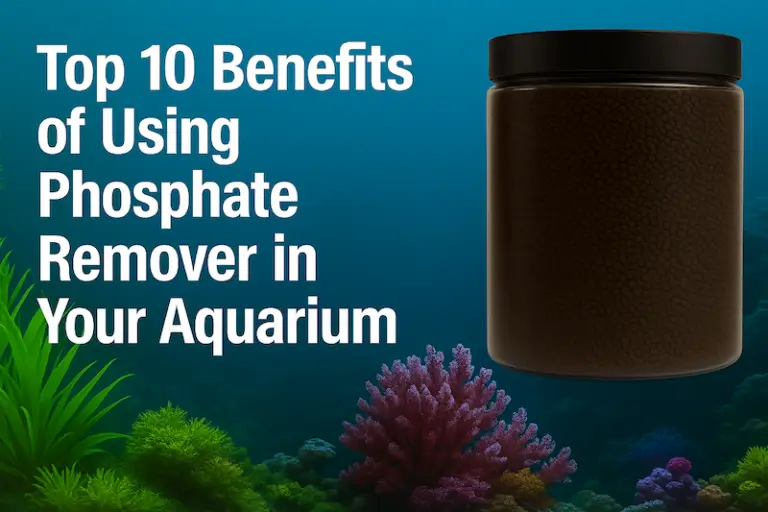Setting Up a Quarantine Tank: Why and How
The Importance of a Quarantine Tank
1. Disease Prevention: Quarantining new fish, corals, or invertebrates allows you to monitor them for any signs of disease or parasites that could otherwise be introduced into your main tank.
2. Treatment: If any of your aquatic pets fall ill, a quarantine tank provides a controlled environment for treatment without exposing other inhabitants to medications or altering the main tank’s water chemistry.
Setting Up a Quarantine Tank
Tank Size and Equipment
• Choose a tank size appropriate for the types of fish you’re keeping, generally ranging from 10 to 30 gallons. The tank should be equipped with basic filtration to keep water clean and an air stone or similar device for oxygenation. Heating and lighting should match the needs of the quarantined species.
Location
• Place your quarantine tank in a quiet area away from direct sunlight and heavy traffic to minimise stress on its inhabitants.
Water Conditions
• Match the water parameters (temperature, pH, hardness) of your quarantine tank to your main tank to facilitate easier transitions for your fish.
Filtration
• Sponge filters are ideal for quarantine tanks due to their simplicity and ease of maintenance. Ensure the filter is adequately cycled before adding any fish.
Basic Decor
• Include minimal decorations such as PVC pipes or small caves to provide hiding spots for stressed fish without complicating cleaning and disinfection.
Quarantine Procedure
1. Acclimation: Gradually acclimate new arrivals to the quarantine tank’s water conditions using the drip method or by floating the bag and periodically adding tank water.
2. Observation Period: Keep new or sick fish in the quarantine tank for at least 2-4 weeks, monitoring them for signs of illness or distress. This period allows any latent diseases to manifest in a controlled environment.
3. Medication: If you identify any diseases, treat the fish according to the specific condition. It’s easier to manage and monitor treatment outcomes in a quarantine tank.
4. Maintenance: Perform regular water changes and maintain water quality within optimal parameters to support the health of quarantined fish.
Conclusion
A quarantine tank is a vital investment in the health and longevity of your aquarium ecosystem. By isolating new arrivals or treating sick fish separately, you can significantly reduce the risk of widespread disease outbreaks. While it requires extra space and resources, the peace of mind and protection it offers to your aquatic community are invaluable.







